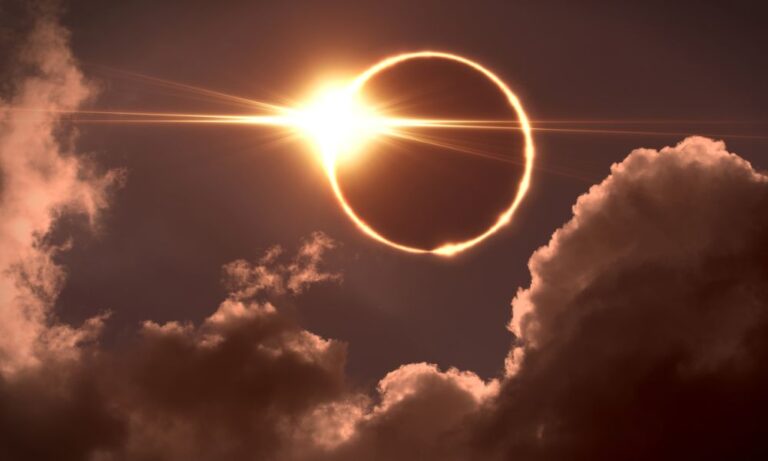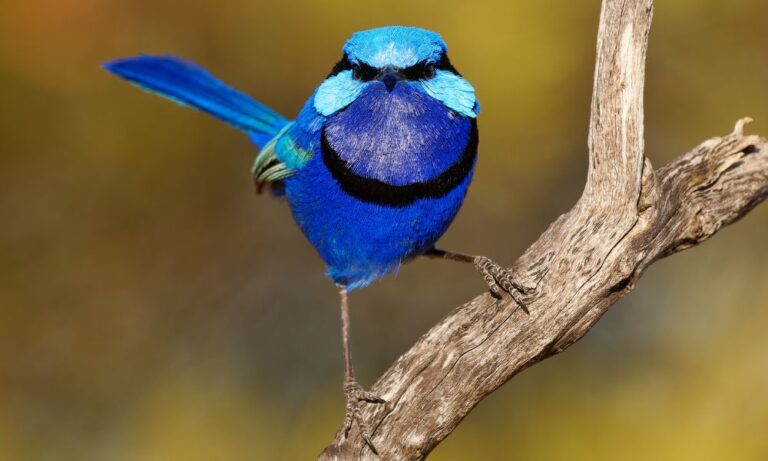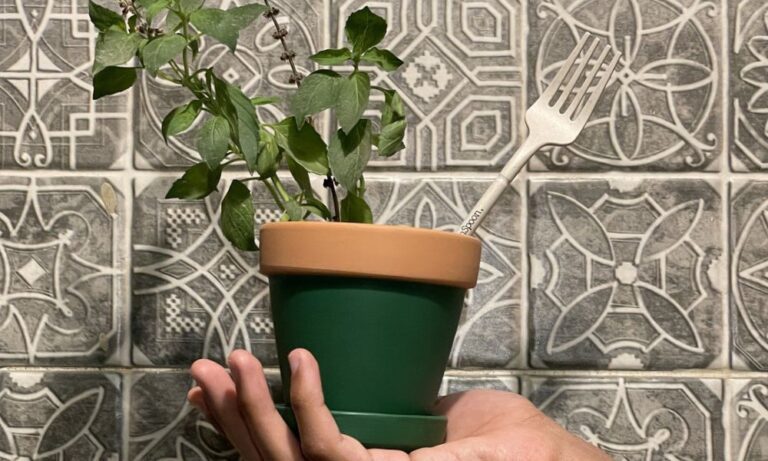Koalas are at the centre of a perfect storm that threatens their survival, according to Kevin Evans, CEO of the New South Wales National Parks Association.
Numbers are a fraction of what they were and the species is slipping away, he says.
Writing in the Guardian, Evans says University of Queensland scientists were part of a team that found in mid-December that Australia was performing worst of all developed countries on Earth in protecting its ecoregions (areas containing broadly similar habitat).
The researchers identified Australia’s temperate forests – the koala’s home – as a “crisis ecoregion” where habitat loss is greatest.
Evans says, “In 2016 koalas were sighted for the first time in decades at Mt Kembla, Wollongong and in Kosciuszko national park in New South Wales.
“Although these sightings are a source of hope, it’s important we don’t get lulled into a false sense of security about the extent to which nature, including koalas, is threatened in Australia. We have serious work to do to protect our unique plants and animals.”
Evans says the world’s focus is on climate change, which isn’t surprising as it threatens to alter our entire environment as rainfall patterns change, temperatures rise and extremes become more common. Many species are finding their habitats shrinking – for example, polar bears in the rapidly vanishing Arctic sea ice.
“Amid this climate emergency, species extinctions have largely been pushed out of mind.
“Of course the issues are intertwined as climate change can cause extinctions. In July the Bramble Cay melomys (a rodent) was reported as the first animals to have been made extinct primarily due to climate change.
“In its case, its single-island habitat had been repeatedly inundated by rising sea levels destroying native vegetation and ultimately the species itself.
“And of course climate change threatens to exacerbate and amplify other threats to species like bushfires and heatwaves.”
But in the short-term, he warns, human destruction of habitat is a much greater threat to species.
That is why the koala, as a species inhabiting a crisis ecoregion, is not faring so well.
“Historical accounts describe large numbers of koalas being seen regularly in the late 1800s in NSW. In 1921, 200,000 koala pelts passed through Sydney and in 1924 2m pelts were exported from eastern Australia.
“Yet now all koala populations, bar a few in eastern Australia, are in decline – some sharply so. The most recent estimate of 329,000 in Australia (36,000 koalas in NSW) is seen as optimistic: koala numbers are a fraction of what they were and the species is slipping away.”
Evans points the finger at the New South Wales and Queensland state governments, as well as the national authorities.
Changes to land clearing laws have devastated bushland in Queensland and history threatens to repeat itself in NSW with Mike Baird’s conservative government recently passing its land-clearing legislation, he says.
“Much remaining high-quality koala habitat is either on private land, at risk of clearing, or in state forests and subject to ever more intense state-sanctioned logging.”
Urban development is eating into koala habitat up and down the coast. Following the destruction of their habitat, koalas are vulnerable to dog attacks or being hit by vehicles as they spend more time on the ground.
Koalas are one of the few animals whose plight the government finds it hard to ignore. The federal government, in fact, has a “koala diplomacy” strategy based on giving high-profile individuals like Barack Obama and Vladimir Putin a photo opportunity with the marsupial. It’s intended to project the image of Australia as a safe, friendly, cuddly neighbour.
“The NSW government is developing a ‘whole of government’ koala strategy and asking for community feedback on planning issues and its Saving Our Species conservation strategy.
“At a federal level, the National Koala Conservation and Management Strategy expired in 2014. Word is that a new strategy is in the pipeline but at the moment we’re flying blind.”
Evans maintains the best way to protect koalas is straightforward. He points out the scientists who identified the crisis ecoregion problem also identified the solution: large, well-connected protected areas.
“Only by protecting and connecting remaining koala habitat can the government enact meaningful conservation. Everything else is tinkering round the edges.”
Protecting the koala is a litmus test for Australian conservation, he says.
“Only by demonstrating that it can effectively protect koalas can we have any confidence that the government can protect the rest of Australia’s extraordinary wildlife that doesn’t share the koala’s high profile.”







